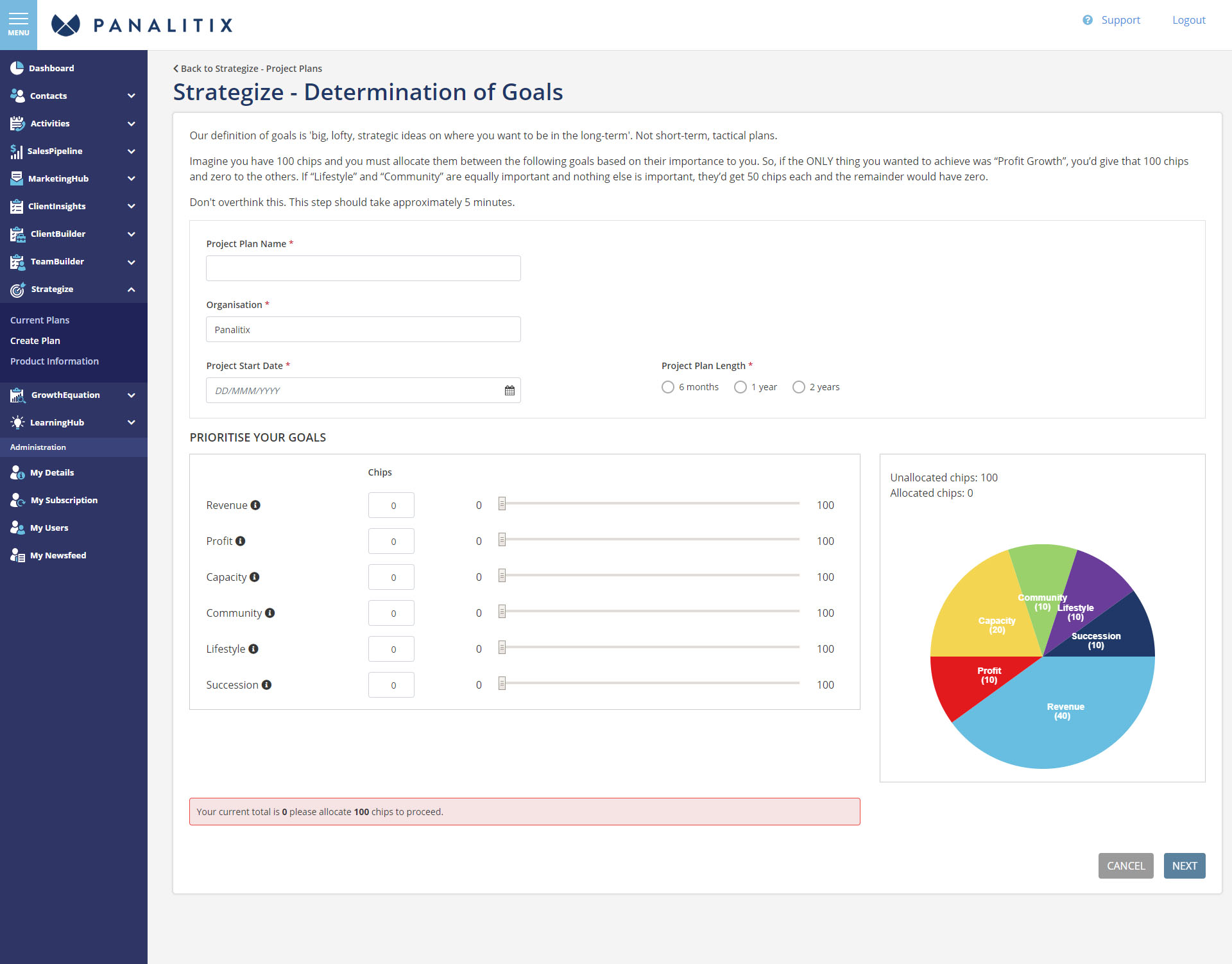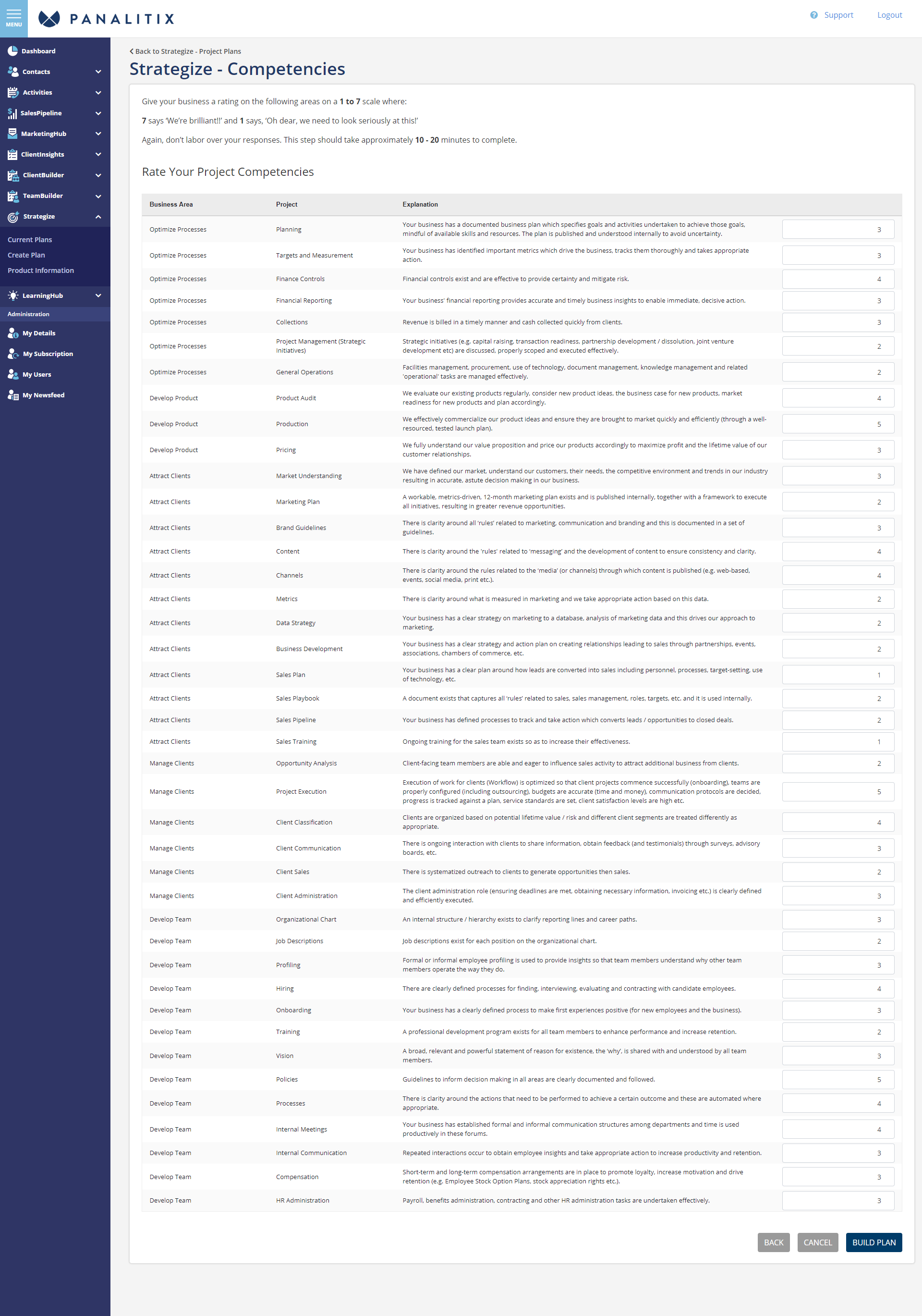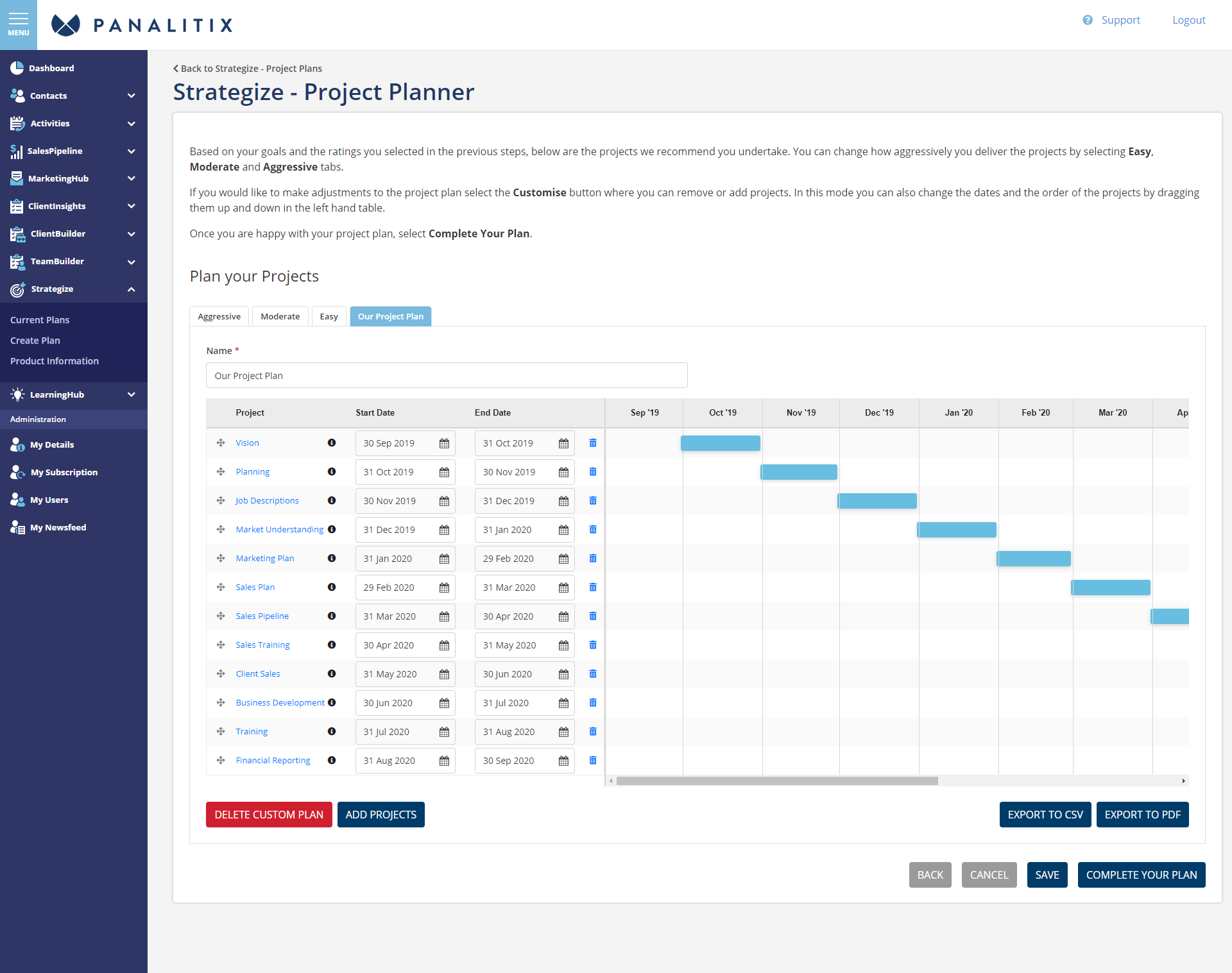Wherever we go in the world, we find accountants telling us that they want to do more business advisory work. They are being bombarded by a large number of vendors trying to convince them that software is the answer to all of their questions and by loading their clients into a system and running a couple of nice reports, they will suddenly find clients queuing up to engage them in advisory services.
Sadly, it doesn’t work like that.
Imagine this scenario. Let’s say your client actually attempted to interpret the report they received on their email. Here are three questions to consider:
1. Did they understand what the report said?
2. Did they know what to do to take action on anything of significance in the report?
3. What is the context behind the numbers or trends shown in the report?
That third question is often overlooked. Not enough thought is given to the client’s business goals and without clarity of goals, it is difficult to interpret whether the results in a report are good, bad or indifferent.
One reason why partners in accounting firms fail to fully embrace business advisory is that they believe that they will have to do all of the work themselves. That’s why they resort to comfort zones where they can involve others in their firm (such as financial reporting or cash flow forecasting.) The problem with that approach is, the more you keep your accountants in their comfort zone, the less they will develop new skills. Where you SHOULD be focusing is on your clients’ business goals.
It’s fair to say that most people have goals, but few of them articulate them clearly or commit them to writing. Still fewer then figure out what they should (and should NOT) be focused on to achieve them. The Panalitix Strategize tool provides a methodology that can be applied by any client facing person in your firm to take a client through a rigorous goal setting process that results in a project plan that has context and makes sense. Out of that will come additional business advisory projects for your firm.
It starts by getting the client to think about the RELATIVE IMPORTANCE of their goals. It’s our experience that most goals can be boiled down into six areas:
1. Revenue – a desire to grow the top line
2. Profit – a desire to grow the bottom line
3. Capacity – a desire to get more out of existing resources (in many cases, people)
4. Community – a desire to make an impact
5. Lifestyle – a desire to either work less in the business or have options to do different things outside of the business
6. Succession – a desire to pass on or exit the business.
The way Strategize structures this exercise is to ask the client to imagine they have 100 chips and they must allocate them all across these six goals to demonstrate the relative importance of each goal. The way in which they do this tells a story of where their business is right now. For example, a heavy allocation of chips on REVENUE might suggest the client perceives an opportunity to allocate resources to grow their business in the short term. Whereas a heavy allocation on LIFESTYLE might indicate a discontent with the current business or suggest they feel they need help in ensuring they are doing the right things. And of course, a heavy allocation on SUCCESSION will likely morph into a discussion on timeframes, expected valuation versus current valuation, likely buyers and so on.

Already, it should be becoming apparent that it is one thing for the client to ‘fill in a form’ but a completely separate thing to have a conversation with the client to talk them through this. For example, many people will instinctively feel they should place a high proportion of chips of revenue, but WHY are they doing that? This is where you and your team can play an important role – by challenging the client. The client should be able to articulate, for example:
“We want to grow revenue from $2M to $4M over the next three years because there is a unique opportunity in the market right now to grab more share because a competitor has lost focus.” Or, “Revenue growth is important to us because we want to attract a better sort of customer and we believe being a more substantial business ourselves will help us with credibility when we approach them.”
Once you have settled on the allocation of goals, the next step is to undertake an analysis of the strengths and weaknesses of the business across five key business areas:
- Attracting Clients
- Managing Clients
- Developing Teams
- Optimizing Processes
- Developing Product
Strategize asks the client to consider 41 different functions within the framework of those five business areas and assign a rating. The idea here is to encourage the client to be honest with themselves and identify where they need to improve.

But here’s the key; not all of those 41 functions will be important. Very few clients are aware of what is important, and what isn’t. The beauty of the Strategize process is the ability to marry together the two sets of data (goal allocation and strengths/weaknesses assessment) and create a project plan specific to the client that makes sense. In other words, if you could only do five things in the next 12 months to give yourself the best chance of achieving your goals, what should those five things be?

Armed with the project plan, your next question for the client is, do you think you can implement that plan on your own? Most clients will say no, and that’s where you can step in. There will be some projects that you can undertake for the client (for example, agreeing on targets and designing systems to measure them; implementing finance controls; improving financial reporting; improving cash collection; reviewing pricing and margins); and there might be others where you can introduce other professionals in your network to the client and you project manage the process (typically marketing related projects.) And you should most certainly offer quarterly meetings where you track actual versus budget results – this is the place for the reports mentioned at the start of this article, by the way – help the client interpret results, agree on what should happen next and who is responsible and provide external accountability to drive implementation.
To summarize, there is no silver bullet with advisory but a logical starting point is to get the client to focus on what they are trying to achieve, leverage software so that you can involve others in your firm in the engagement process and then configure products and services that align with the sorts of projects most commonly appearing on your clients’ project plans so that you can help them achieve their goals. For more information on Strategize…
Talk to us today to help you use Strategize for your business.
Click Here to Take a 3 Minute Questionnaire
![]()
![]()


